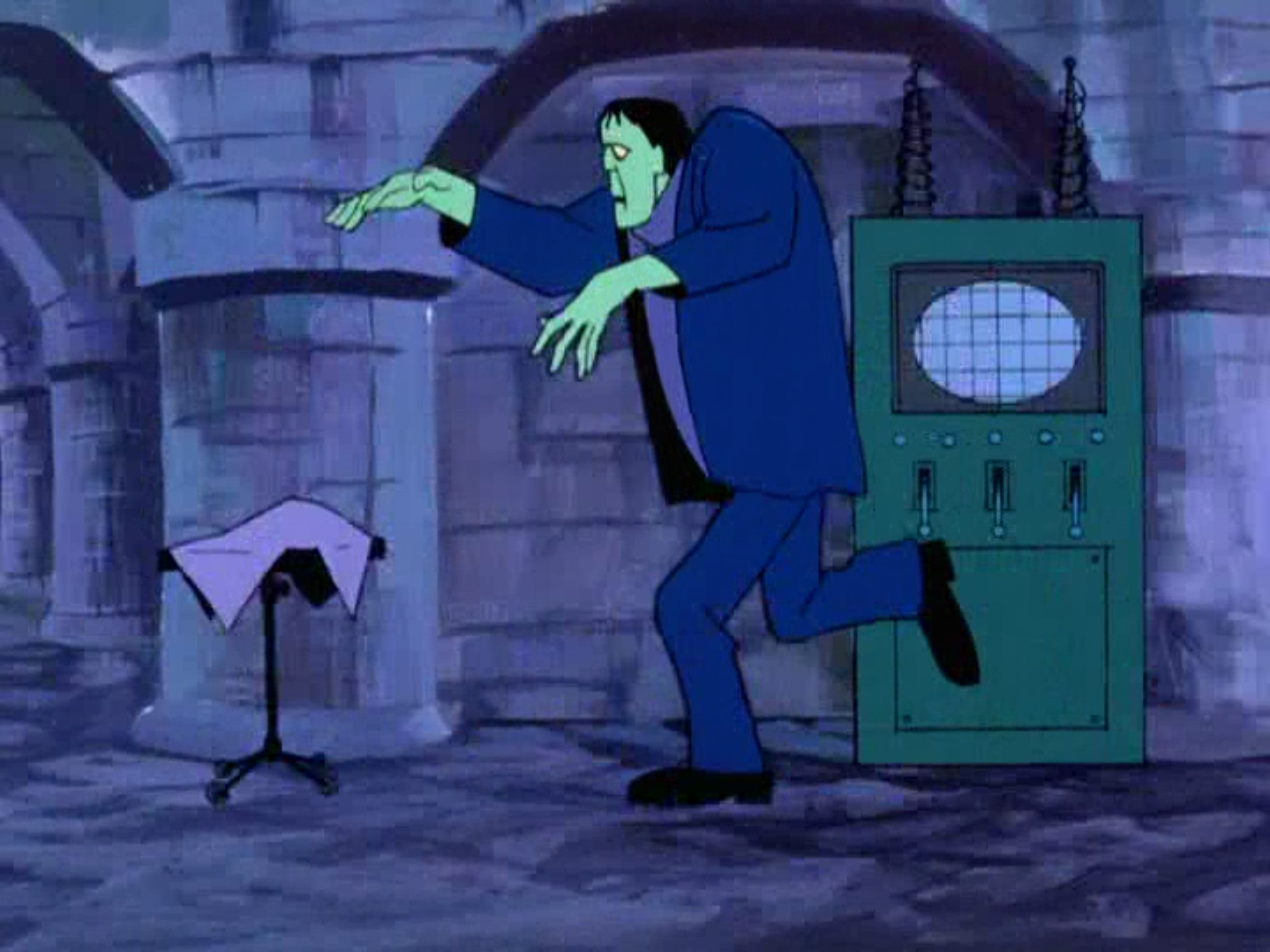Fate/Zero is an anime series which is predicated on a competition
among seven heroic spirits, each conjured by one magus whom represents a
powerful mage lineage, competing in a death battle to obtain the “Holy Grail”.
The Holy Grail, a godlike wish granting device, has been a long sought after
treasure by mages for centuries who have kept their supernatural and magic
abilities strong by maintaining pure blood lines and fortified clan techniques to
gain advantage and access to the power of the grail. Though, there are few
rules to the Holy Grail War, each family is restricted to only choose one of
the seven heroic spirit classes to serve them: Assassin, Berserker, Archer,
Lancer, Saber, Rider, or Caster.
Many of the characters are shown
to have different reasons for their conquest over other competitors in attempts
to make one unattainable wish by the power of the Holy Grail. Some yearn for
proverbial aims/ambitions typified in the History
of Kings of Britain: to conquer the entire world, gain riches and glory, or
rule a kingdom for generations, while others desire world peace or total
genocide. Notably, King Arthur in this series is revealed as an alias for the
female heroic spirit “Arturia Pendragon”, a well renowned and over-powered
saber class servant who vanquishes her foes with her sword “Caliburn”. Her
character is revealed as the result of a failed ruler who led her country into
upheaval. In fear of his subjects’ aversion to a female heir, Arturia’s father,
Uther Pendragon, entrusted Merlin to raise her until the threat of the Saxons
invasion forced her to resolve the turmoil of Britain in her father’s absence. In
the context of medieval England, this ties directly back to the power struggle
between Romans, Picts, Saxons, and Normans over Britain.
These key elements to the scheme
of the series mirrors the historical deviation in approaches to “winning” the ever-long
power struggle between men exerting dominion over one another and their tactic for
governing their kingdoms. Though magic is continually cultivated and forced
into future generations as a selection pressure to attain power, true power is
never truly attained because the Grail War never ceases, resulting in a
continuous loop of pointless death and great sacrifice.The insatiable competition in Fate
zero between powerful families due to differences in opinion and socio-political
ideals unearths the elements of greed and determination between the warring
nations to “win at any cost”…even in spite of extent of ruthless destruction or the forced
participation of suitable candidates. In the series, some of the mages elected
to compete in the Grail War are of young age, with a heavy influence of male
competition but also a small contribution of daring and tenacious female
talent. In relation, this closely mimics the main plot to the Medieval TV
series Games of Thrones, in which conflict
between seven different kingdoms is cultivated by blood-borne claims to power
between both men, women, and children. The same power that, when combined with
greed, takes physical form through the manipulation of the lives of others and children
whose lives are subjugated to the traditions of past legacies.
















